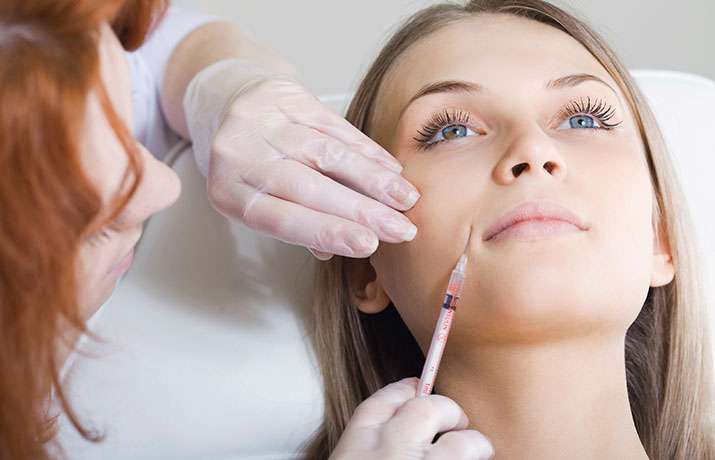Sleep Breath. 2010 Dec;14(4):317-21. Epub 2010 Jul 18.
Diagnosis and treatment of snoring in adults–S1 guideline of the German Society of Otorhinolaryngology, Head and Neck Surgery.
Stuck BA, Abrams J, de la Chaux R, Dreher A, Heiser C, Hohenhorst W, Kühnel T, Maurer JT, Pirsig W, Steffen A, Verse T.
Department of Otorhinolaryngology, Head and Neck Surgery, University Hospital Mannheim, Theodor-Kutzer-Ufer 1-3, 68167, Mannheim, Germany.
Abstract
INTRODUCTION: Snoring has received increased attention over the last years. Given its high prevalence and its impact on quality of life, diagnosis and treatment of snoring are of major importance.
AIM OF THE GUIDELINE: This guideline aims to promote high-quality care by medical specialists for adults who snore.
DIAGNOSTIC MEASURES: Before every intervention, a medical history, clinical examination and sleep test need to be performed.
INTERVENTIONS: There is no need to treat snoring unless requested by the snorer. Invasive treatments should be selected with care; for surgical treatment, minimally invasive procedures are preferred. Weight reduction; the avoidance of sleeping pills, alcohol and nicotine; and a regular sleep-wake cycle can be recommended, although convincing evidence is lacking. Since currently, there is not enough evidence to confirm the effectiveness of muscle stimulation or other forms of muscle training, these treatments cannot be recommended. Snoring can be treated successfully with intraoral devices, but it is essential to select suitable subjects. Devices preventing sleep in the supine position can also be helpful in selected cases. The data on the success rates of surgical intervention are often limited to short-term follow-up studies, and not all interventions have been sufficiently evaluated. The techniques used to treat nasal obstruction in snorers are identical to those used for general nasal obstruction. Nasal surgery is only indicated when subjects complain about nasal obstruction. A significant amount of data is available for laser-assisted resection of excessive mucosa; however, resections can be performed with other tools. The efficacy of radiofrequency surgery at the soft palate has been documented in placebo-controlled trials. Soft palate implants can reduce snoring. Tonsillectomy or uvulopalatopharyngoplasty should be selected with care, especially as less invasive alternatives are available.
INTRAORAL DEVICES: Enlarge the pharynx in the anterior-posterior dimension. A significant improvement in snoring can be expected if subjects are assessed and appropriately selected with regard to individual anatomy (e.g. jaw mobility, dental status and body mass index). Regular follow up visits are necessary for early detection of potential dental side effects. Close collaboration with a dentist is recommended for indication, adjustment and follow up with an intraoral device.
Dr. Stan Farrell has extensive training in Sleep Medicine. Patients at AZ TMJ / AZ Sleep can expect a thorough evaluation of their individual cases to see if an intraoral device is right for them. Dr. Farrell can make a custom device and perform all the necessary follow up to ensure maximum effectiveness. https://www.headpaininstitute.com/treatment-sleep.php

